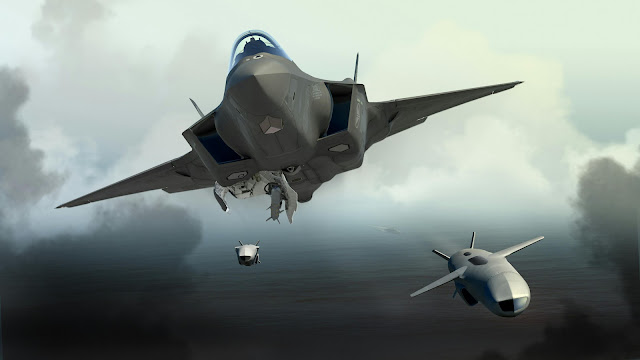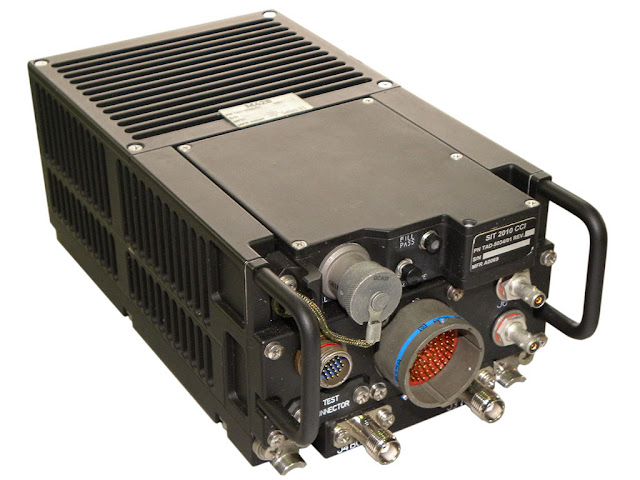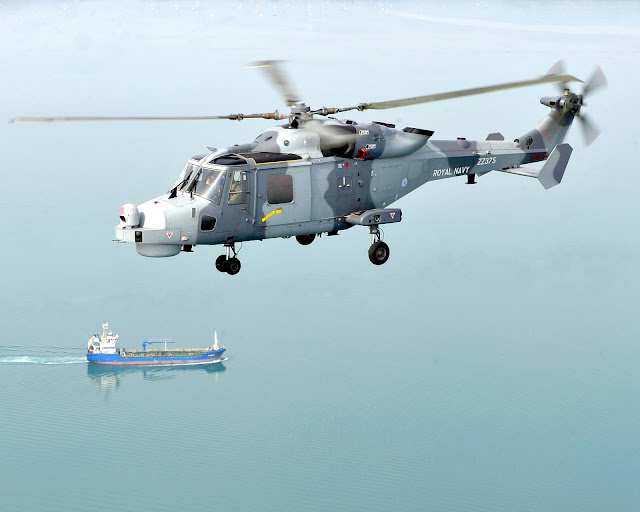Figures released on Tuesday 26 July by the UK Trade & Investment (UKTI) Defence & Security Organisation (DSO) show that in 2015 the UK’s defence export figures based on orders won were £7.7 billion ($12 bn), down from £8.5 billion ($13.2 bn) in the official 2014 figures. This represents a decline in the UK’s share of the world’s defence export market from 16% in 2014 to the current 12%. One of the impacts of this according to DSO is that the UK now slips behind France placing it as the world’s third largest defence exporter.
Stephen Phipson, head of UKTI DSO, was keen to underline the fact that the value of the UK’s security exports have continued their steady growth, from £3.2billion in 2013, to £3.4billion last year, raising to £4billion ($6.1bn) in 2015.
Phipson said that the UKTI DSO’s calculations have revealed that the global defence export market in 2015 was worth £63billion ($97bn), up from £50billionn ($83bn) in 2014. The United States remained clearly in first place due to its strong Foreign Military Sales (FMS) policy, he said
The UK’s biggest export markets continue to lie in the Middle East, North America and Asia.
The Royal Saudi Air Force agreement to acquire a further 22 BAE Systems HAWK 165 Advanced Jet Trainer which was formalised in December 2015 made a significant contribution to the UK’s total income.
Aerospace accounts for 88% of the UK’s defence exports, with only 8% being attributable to land sales and 4% to naval sales. Much of this is in ongoing support and life-time costs. However Phipson said that is was likely that the naval percentage will grow in coming years due to an increased requirement being expressed by countries in the Asia-Pacific region. Although he did not indicate the reason, this would correlate with China’s aggressive maritime claims in the South China Sea and to a lesser extend, East China Sea.
The UKTI DSO figures suggest that the defence market continues to rise in value: from $71billion in 2013, to $83bn in 2014. In 2015, it was estimated to have increased a further 17% to $97billion. Unsurprisingly Saudi Arabia retains its place as the world’s biggest defence importer, “with more
orders/contracts signed than India and USA combined.” The state of Qatar has entered the top 10 rankings and joins the United Arab Emirates (UAE) which is listed sixth.
Security Exports
In terms of security exports, the UK saw an increase of 18% on the 2014 figures from £3.4bn to £4bn in 2015 (the 2013 figure was £3.1bn). The leading UK security export destinations were the USA (21%), China (13%), Japan (7%) and India (6%).
Cyber technology currently accounts for around 45% of total UK security exports, although the worth has decreased from £472million in 2014 to £342m in 2015. This is explained by a growth in counter-terrorism and physical security which is likely to continue following the surge of terrorist incidents that have been witnessed internationally in 2016. This will rebalance security export opportunities although cyber growth is considered more consistent and predictable.
According to the UKTI DSO report, “three of the top six UK sub-sector exports are cyber related. Cyber related capabilities grew on average, at 25% over 2014– 2015, whilst other Security related capabilities grew by 13%.”
In contrast, the UK has also increased its security imports and has risen from from ninth to seventh place with imports worth £2.2 billion.
Globally Competition
There has been a noted rise in newer nations competing in the world defence market, with Phipson noting Turkey, South Korea, Brazil and Canada (the first three increasing their focus on aerospace).
SME Support
Phipson said that one of the DSO’s enduring goals was to ensure that Small and Medium-sized Enterprises (SMEs) remained part of ‘big ticket’ equipment supply chains while taking advantage of the more open competitions that are more identified with security orders.
“We look for opportunities to introduce UK SMEs into the supply chains of other nations, although this tends to be as part of a relationship with the Ministry of Defence (MoD). We also introduce other national prime manufacturers to our SMEs,” said Phipson. “Many of these security contracts are through SMEs anyway,” he added.
This is the third year that UKTI DSO has released these figures as ‘official statistics.’
Andrew Drwiega




































